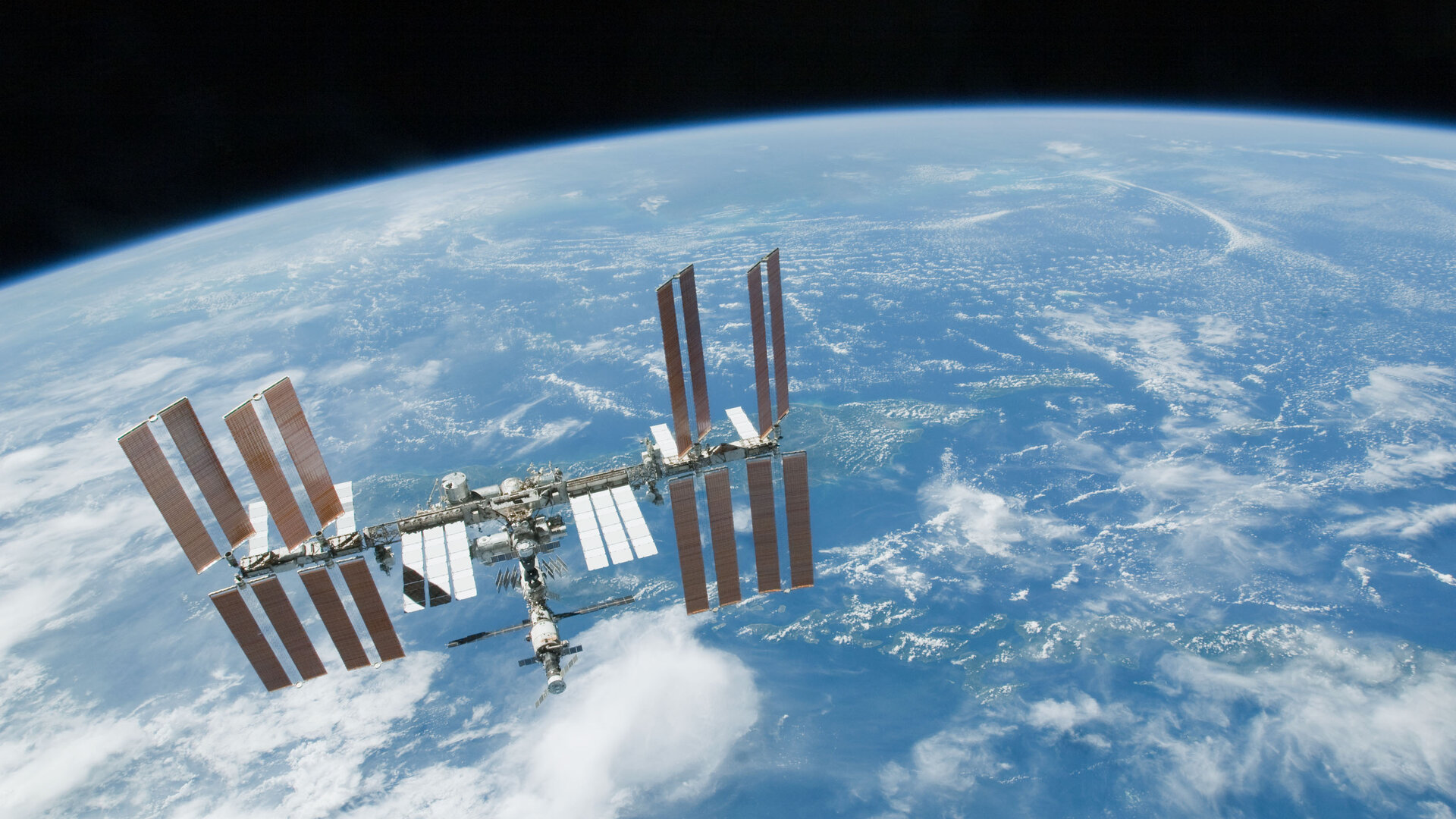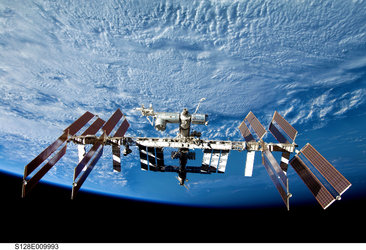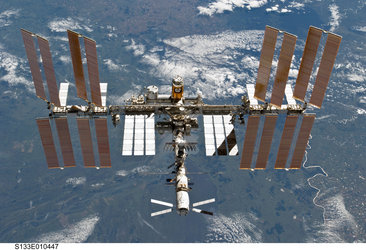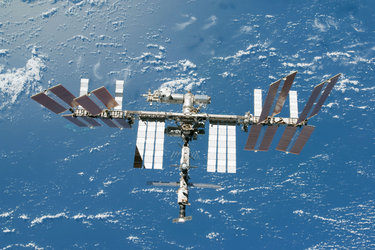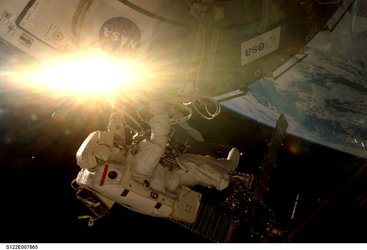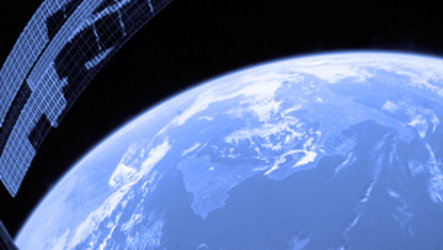Happy birthday, Space Station
The International Space Station celebrates its birthday today, 15 years after the first module was launched in 1998.

The Space Station is the largest cooperative project ever carried out in science, involving NASA, ESA, Roscosmos, the Canadian Space Agency and the Japan Aerospace Exploration Agency.
On 20 November 1998 a Russian Proton rocket lifted off from the Baikonur space centre in Kazakhstan carrying Zarya, the Station’s first component. Three weeks later, on 4 December, the Space Shuttle delivered Unity, the Station’s second module, which was attached to Zarya on 6 December.
The first crew to live on the Station, Expedition 1, arrived on 2 November 2000. Since then, the Station has been continuously occupied for 13 years, the longest continuous human presence in space and the only permanent weightless laboratory.

The Station has grown with the addition of the Italian-built Harmony module in 2007, ESA’s Columbus laboratory and Japanese Kibo laboratories in 2008.
Since Columbus was attached to the Station almost six years ago, a total of 110 ESA-led experiments involving some 500 scientists have been conducted, spanning fluid physics, material sciences, radiation physics, the Sun, the human body, biology and astrobiology.

The Station is more than a laboratory and observatory – it is also an international space harbour receiving spacecraft such as Russia’s Soyuz and Progress, Japan’s HTV,commercial ships such as Dragon and Cygnus, and Europe’s Automated Transfer Vehicles (ATVs).
ESA has sent four ATVs packed with supplies and experiments to dock with the Space Station. The fifth, Georges Lemaître, is scheduled for liftoff next year.
Including the current Expedition 38 crew, 211 people have visited and worked on the Station on 352 spaceflights. European astronauts from Italy, France, Germany, Belgium, the Netherlands, Spain and Sweden have joined Russians, Americans, Canadians, Japanese and more to push the frontier of human exploration.

The Station offers a complete orbital research and technology laboratory, and is used to test systems and operations for future space exploration. These activities improve the quality of life on Earth by increasing our scientific knowledge from out-of-this-world research.
Celebrate the Space Station’s birthday with ESA and the US, Japanese and Canadian space agencies as we tweet using the hashtag #ISS15. Tell us what the International Space Station – its science, technology and astronauts – means to you.
You can post your photos, comments or even poems and paintings and take part in the celebrations on the Google+ community page: ISS15 – join the worldwide wave.















 Germany
Germany
 Austria
Austria
 Belgium
Belgium
 Denmark
Denmark
 Spain
Spain
 Estonia
Estonia
 Finland
Finland
 France
France
 Greece
Greece
 Hungary
Hungary
 Ireland
Ireland
 Italy
Italy
 Luxembourg
Luxembourg
 Norway
Norway
 The Netherlands
The Netherlands
 Poland
Poland
 Portugal
Portugal
 Czechia
Czechia
 Romania
Romania
 United Kingdom
United Kingdom
 Slovenia
Slovenia
 Sweden
Sweden
 Switzerland
Switzerland


























